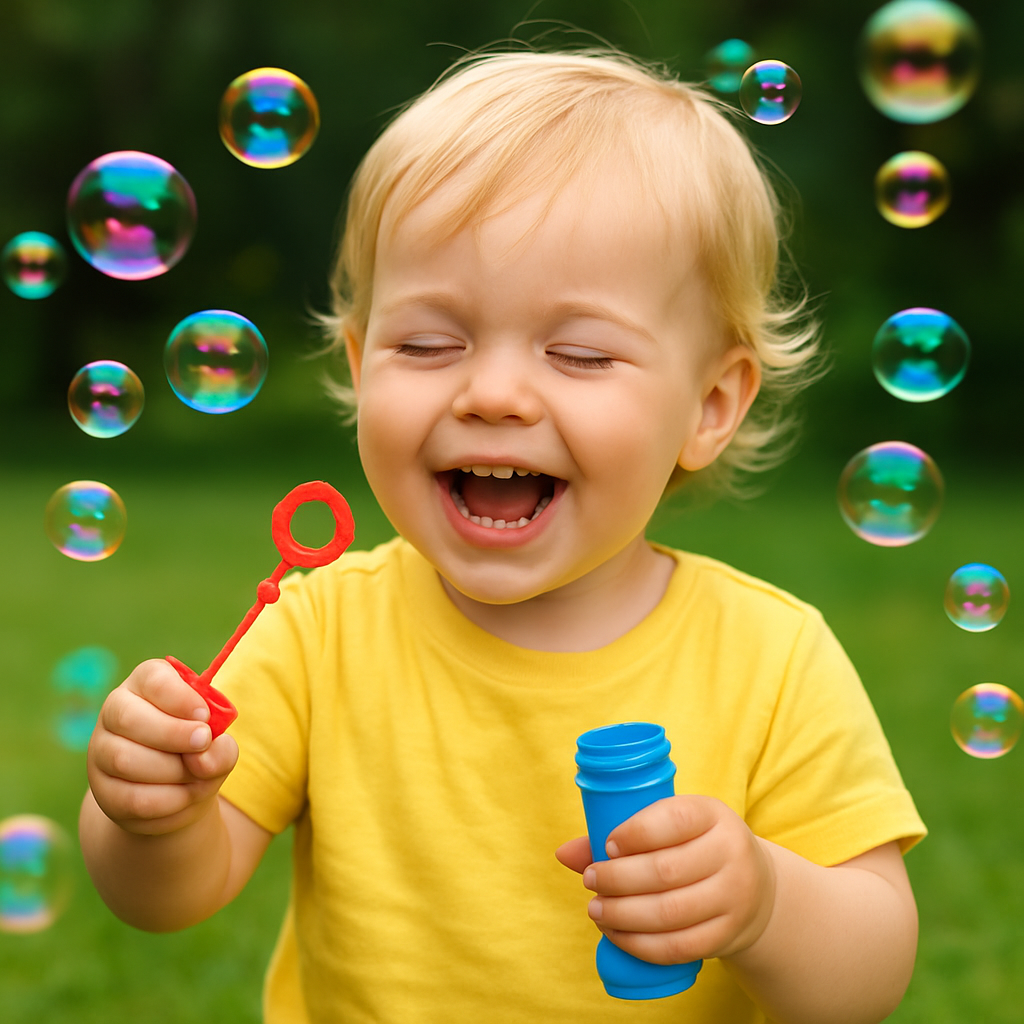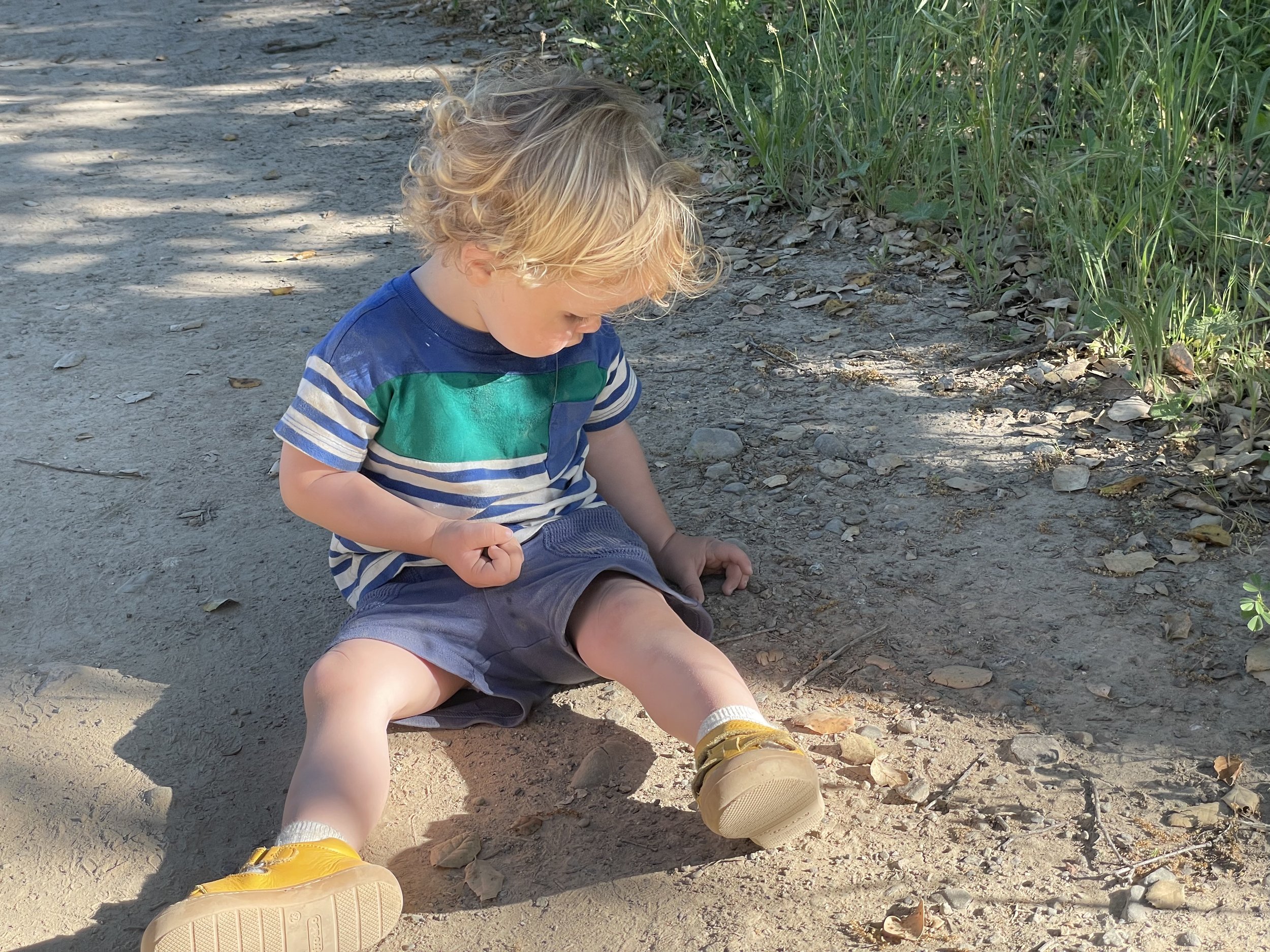
Wooden Block Story Builders: A Creative Twist on Block Play for 5-Year-Olds
Wooden blocks are a classic toy, but by age five, many kids have moved beyond stacking towers and are ready for more complex, imaginative play. This activity introduces a fresh way to use those same blocks by blending storytelling, design thinking, and problem-solving into one exciting adventure.
Wooden Block Story Builders invites your child to build a world, invent characters, and act out their own stories—all while using blocks in completely new and unexpected ways.



6 Unique Bubble Activities for Kids: Creative Bubble Games for Indoor & Outdoor Fun
Discover Playful Bubble Games That Boost Skills, Spark Smiles, and Make Family Time Unforgettable

Let’s Talk Shaving Cream: Messy, Magical, and Full of Learning
Explore 10 sensory-rich, age-appropriate ways to use shaving cream in playtime for toddlers and young kids. Perfect for messy fun, learning, and development!

Yes, You Can Let Your Kid Play with Sticks (Here’s How to Do It Safely)
Sticks are one of nature’s most magical toys—free, open-ended, and full of possibilities. With a few simple boundaries, even toddlers can play safely.

A Season of Wonder: How to Approach Summer Play with 0 – 6 Year Olds
Whether you love planning activities or letting the day unfold, here’s how to make summer play feel meaningful (without the pressure).

Forest Putty: A Simple Eco-Friendly Dough for Nature Play and Emotional Learning
Looking for a screen-free, sensory-rich way to connect your child with nature and emotions? Meet Forest Putty — a soft, natural dough that’s easy to make, safe for the environment, and perfect for outdoor play. It’s part nature treasure hunt, part art project, and part empathy lesson

WHY PRETEND PLAY IS KEY TO EMOTIONAL INTELLIGENCE
Delve into the fascinating world of pretend play and discover how it teaches empathy, emotional regulation, and social skills.

THE SCIENCE OF PLAY: HOW IT SHAPES YOUR CHILD’S BRAIN
Play is not just about having fun—it’s a critical part of a child’s development. From peekaboo to make-believe, the activities that bring laughter and joy are also building blocks for their brains. Research shows that play activates essential areas of brain development, fostering creativity, problem-solving skills, and emotional growth. Let’s dive into the science of play and explore how it shapes your child’s brain.

Building Bonds: How Play Strengthens Parent-Child Relationships
Explore how playing with your child deepens emotional connection, improves communication, and builds trust.
